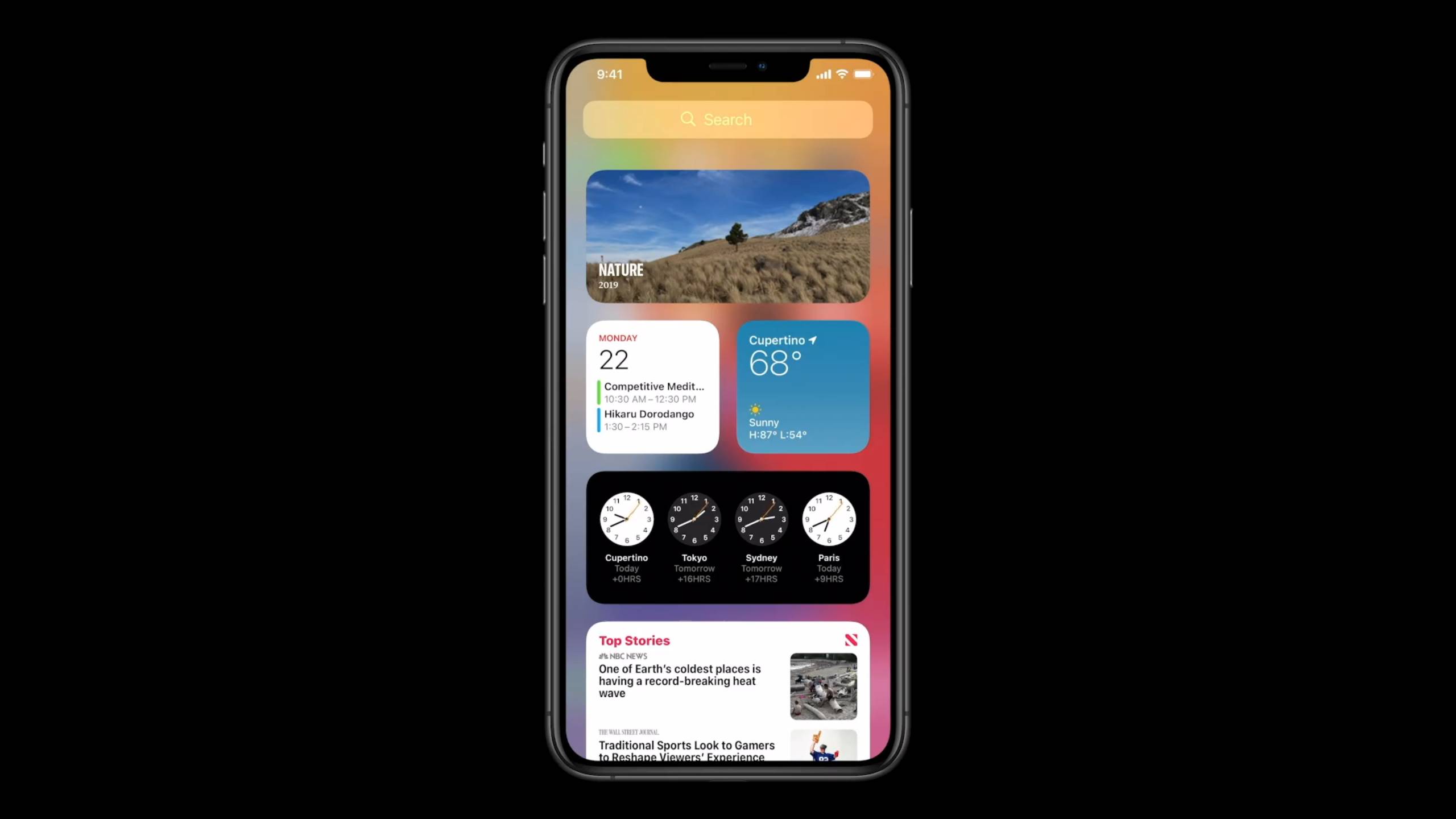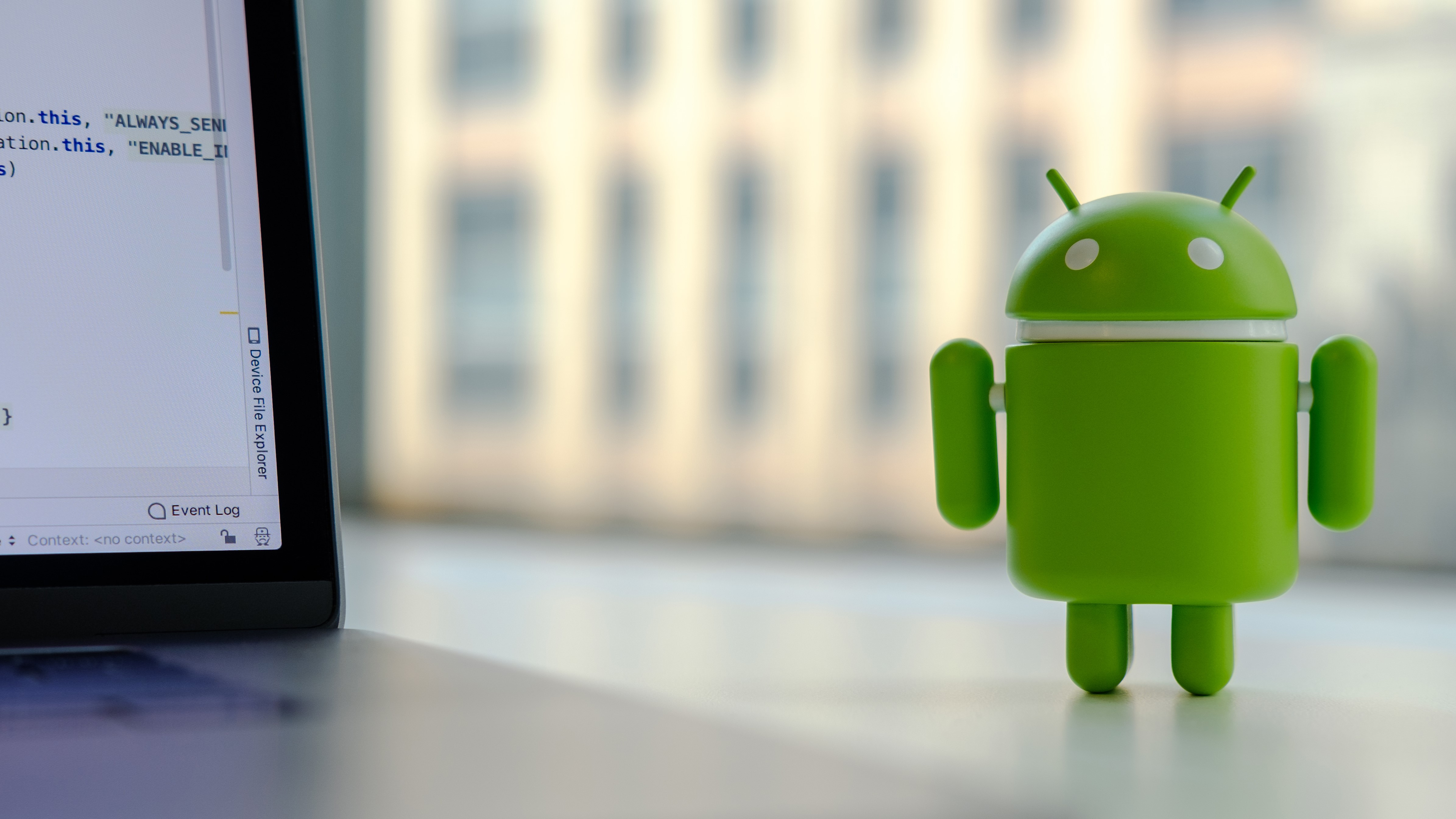Android 12 release date, rumors and what we want to see
Many people will still be waiting for Android 11 to arrive on their phones, but Google is sure to already be hard at work on Android 12.
While we don’t know much about what the next big Android update will offer yet, there are already a few hints, all of which you’ll find below, along with information on the likely release date.
Then further down you’ll find a wish list of the main things we want from Android 12. And make sure to check back often, as we’ll be updating this article whenever we hear anything new about the upcoming software.
Cut to the chase
- What is it? The next big Android update
- When is it out? Probably September 2021
- How much will it cost? It's free!
Android 12 release date
We might get our first official look at Android 12 quite soon, as Google often launches developer previews in the first few months of the year. Android 11 for example arrived in developer preview form in February of 2020.
Then, in May at Google IO we’ll probably see the first public beta – this is the earliest version intended for general consumers, and many of the new features might first emerge here too.
As for the final finished version of Android 12, that will likely land in September based on past form, though initially probably only on a small number of handsets, including the likes of the Google Pixel 5 and Google Pixel 4a, along with the new Google Pixel 6 assuming such a phone launches.
It will be up to device manufacturers to bring Android 12 to your phone, and that often takes months to do, so don’t be surprised if your specific handset doesn’t get Android 12 until 2022.
News and leaks
There’s not much in the way of Android 12 news yet, but Google has already said one thing about the update. In a blog post the company said that Android 12 will “make it even easier for people to use other app stores on their devices while being careful not to compromise the safety measures Android has in place.”
Google hasn’t said how this will work. Already it’s possible to access other app stores on Android, but maybe this will involve highlighting some of them, or simply making the option more visible.
Beyond that, Android 12 might make it easier for Google to deliver some updates. XDA Developers spotted that the company plans to make Android Runtime (ART) a Mainline module in Android 12. This would allow the company to deliver more operating system updates through the Google Play Store, rather than sending them out as conventional over-the-air updates.
This may mean more frequent updates and importantly could mean that you won’t need to wait for the manufacturer of your phone to push the update to you. Though a lot of updates would still need to be delivered the old fashioned way.
Another XDA Developers find is that Android 12 could have a feature that 'hibernates' apps that are open but not currently in use, which makes them less power-intensive for the phone.
Some custom Android overlays have such features already, but stock Android doesn't, and such a feature could bring it to all Android devices. It's not totally clear how this works just yet, though.
What we want to see
Android 11 is in pretty good shape, but there’s always room for improvement. The following things top our wish list.
1. A whole new look
Android hasn’t really had a true visual overhaul in a long time, not since Material Design landed in 2014 in fact.
Now, it’s a good look, and you could argue that maybe Google shouldn’t change things just for the sake of it. But freshening things up with some new design language could make the next version of Android a whole lot more exciting.
2. Stackable widgets

With iOS 14, Apple added a lot of features that have long been found on Android phones, including widgets, but it included one very handy feature for them that we’d love to see Google copy.
We’re talking about the Smart Stack feature, which allows you to create a stack of widgets on your home screen that you can either swipe through, or just let the OS choose which to show you based on how you use your phone.
For example, if you always check the weather first thing in the morning, then it might display a forecast at the top of the stack then, before changing it to something else later in the day. This is an elegant way to avoid cluttering your home screens with widgets, while ensuring the ones you most want to see are always visible.
3. Support for more phones
Perhaps the biggest problem with Android is simply that new versions don’t always make it to old phones. While no device is going to be supported forever, many only get two years of updates, and some get even less than that.
So with Android 12 we want there to be a real push for devices to be supported for longer, and ideally also for those devices to get updated faster, as we’re often waiting months for the new version of Android on certain phones.
Some of this will be down to Google making it quicker and easier for device manufacturers to bring updates to their phones, but the rest will likely be down to manufacturers themselves.
4. An end to yearly updates

We’ve previously argued that maybe there’s not even a need for yearly Android updates anymore. It’s an arbitrary period of time, and sometimes there aren’t many updates to bring. So rather than a big – or at least high-profile – update once a year, we’d like to see new features brought to Android all year round, as and when they’re ready.
We already get smaller updates throughout the year, generally to fix bugs and improve security, but we don’t see any reason why major features couldn’t be a part of these too.
5. All features on all phones
Not only do not all phones get the new version of Android, but those that do don’t always get all the features.
There are a couple of reasons for this. Firstly, Google often holds back some features to make them exclusive to the Pixel range. An example of this from Android 11 is app suggestions in place of the standard app dock, a feature which (optionally) fills the bottom row of apps on your home screen with the ones it thinks you’ll most want access to at any given time.
The other reason some features don’t make it to all phones is because Google doesn’t require developers to incorporate every feature. An example of this is the ‘conversations’ section on the notifications dropdown.
It’s a handy feature that keeps chat notifications separate from all your other notifications. It’s one of the more interesting additions to Android 11 – but manufacturers don’t have to offer it on their handsets. Not getting access to features makes Android updates less exciting, so we’d like this to be changed.
- Take a look at the best Android apps


No comments